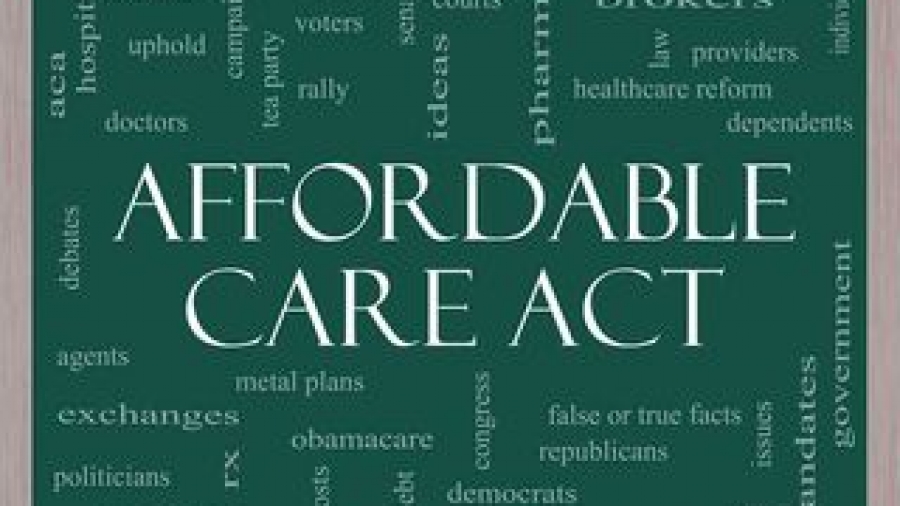This post is part two of our series on determining MMMNA in your Medicaid planning. If you didn't see the first post, you can find that here.
Our last post delved into how you determine the minimum monthly maintenance needs allowance, or MMMNA, which is the minimum income allowance for the community (or well) spouse in a Medicaid claim. If you read that post, you should be able to figure out the MMMNA for a few basic cases. So let's go through what the minimum and maximum would be, and what the MMMNA would be, in each of four scenarios.
 Starting with scenario one and scenario two, the fact pattern is this:
Starting with scenario one and scenario two, the fact pattern is this:
- The husband has $3,000 a month of income.
- The wife has $1,000 a month of income.
- The MMMNA minimum is $1,939; the maximum is $2,931.
In scenario one, the husband is in a nursing home, so we know that the wife is the community spouse, and she has $1,000 in income. Plus, we are in a max state, which means that the community spouse is entitled to the maximum income – $2,931.
What does that mean? That means of the total income of $4,000 between the husband and wife, $1,069 will be contributed toward the cost of care each month. So essentially the husband goes into the nursing home, the wife gets her $1,000 of income– or she gets to keep her $1,000, plus she gets to keep $1,931 of the husband’s monthly income. The balance of $1,069 ($4000 – $1000 – $1931)would go toward the cost of his care. (We are setting aside the discussion of his personal needs allowance, but whatever it is in this state, the amount contributed to the cost of care would be reduced by the personal needs allowance.)
What if the wife went into a nursing home? What’s the MMMNA in that case? It’s still $2,931, but now the husband is the community spouse, so he would be able to keep $2,931 and he would have to contribute 25% of the amount over $2,931. So his $3,000 minus $2,931 comes out to $69, and 25% of that would be $17.25. But remember, New York is the only state that currently requires spousal contribution for incomes above the MMMNA. In all the other states the husband as community spouse would get to keep his total $3,000 in monthly income, and the cost of care would be $1,000, the wife’s income, less whatever the personal needs allowance is for the state.
Why? Because every other state allows the community spouse to keep whichever is greater, the MMMNA or the community spouse’s actual income. As discussed in the previous post, we make that distinction because the federal Medicaid law does not require it; the law does not even allow it. The states allow it. Remember, the federal government sets the laws on Medicaid, and the states can be less restrictive, but they cannot be more restrictive. So in most states if the husband, who is the community spouse in this scenario, has $3,000 a month of income, they will allow him to keep 100% of his income. That’s why we have shown it here as $3,000, and all you would lose is the institutionalized spouse’s income of $1,000.
So how would this be different in a range state? With the husband going into the nursing home, the wife is now the community spouse, so the range state would essentially say, she can keep the bottom of the range. She has $1,000 of income, but the MMMNA says the minimum is $1,939, so she gets to keep her income, plus $939 of his income. So in that scenario she would get $1,939, and the remaining $2,061 of his income would be contributed toward the cost of his care (again less the personal needs allowance amount, which he would get to keep).
So that's the difference between a range state versus a max state. Now again, this is because the husband went in the nursing home and he is the higher income earner. In the range state, because the wife is the lower income earner, it would be the same scenario. The husband would be the community spouse. In the range state, again the top of the range is $2,931. But again, most states don’t have any chargeback. So the answer for a range state in this particular fact pattern would be the same as for a max state.
Don't feel alone if you find this confusing. Our intent was not to confuse you, but to show you that there is a science to Medicaid and how this works. Stick with us in our upcoming MMMNA posts and we'll continue to bring clarity to this fairly complex issue.
David J. Zumpano, Esq, CPA, Co-founder Lawyers With Purpose, Founder and Senior Partner of Estate Planning Law Center
















